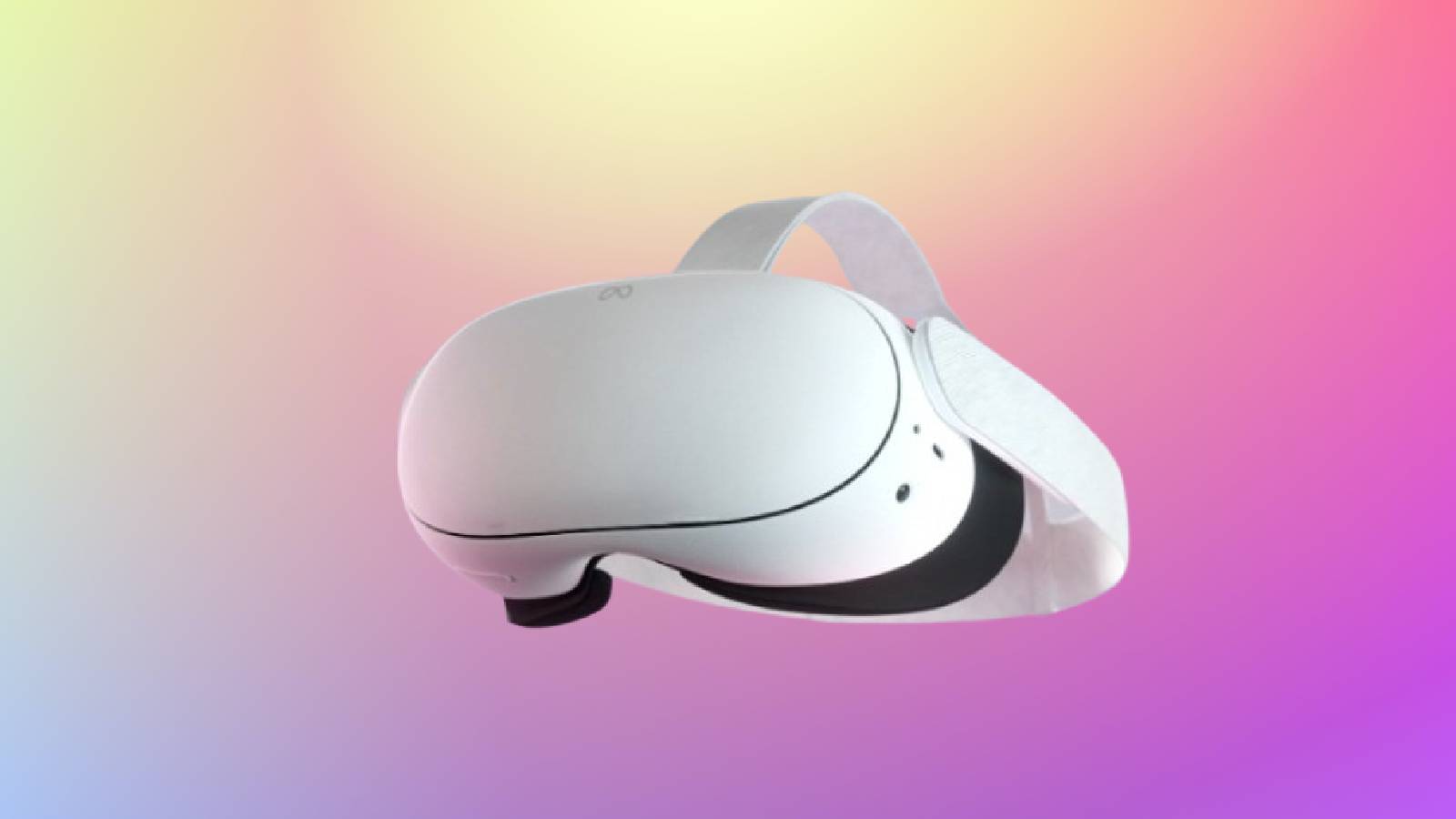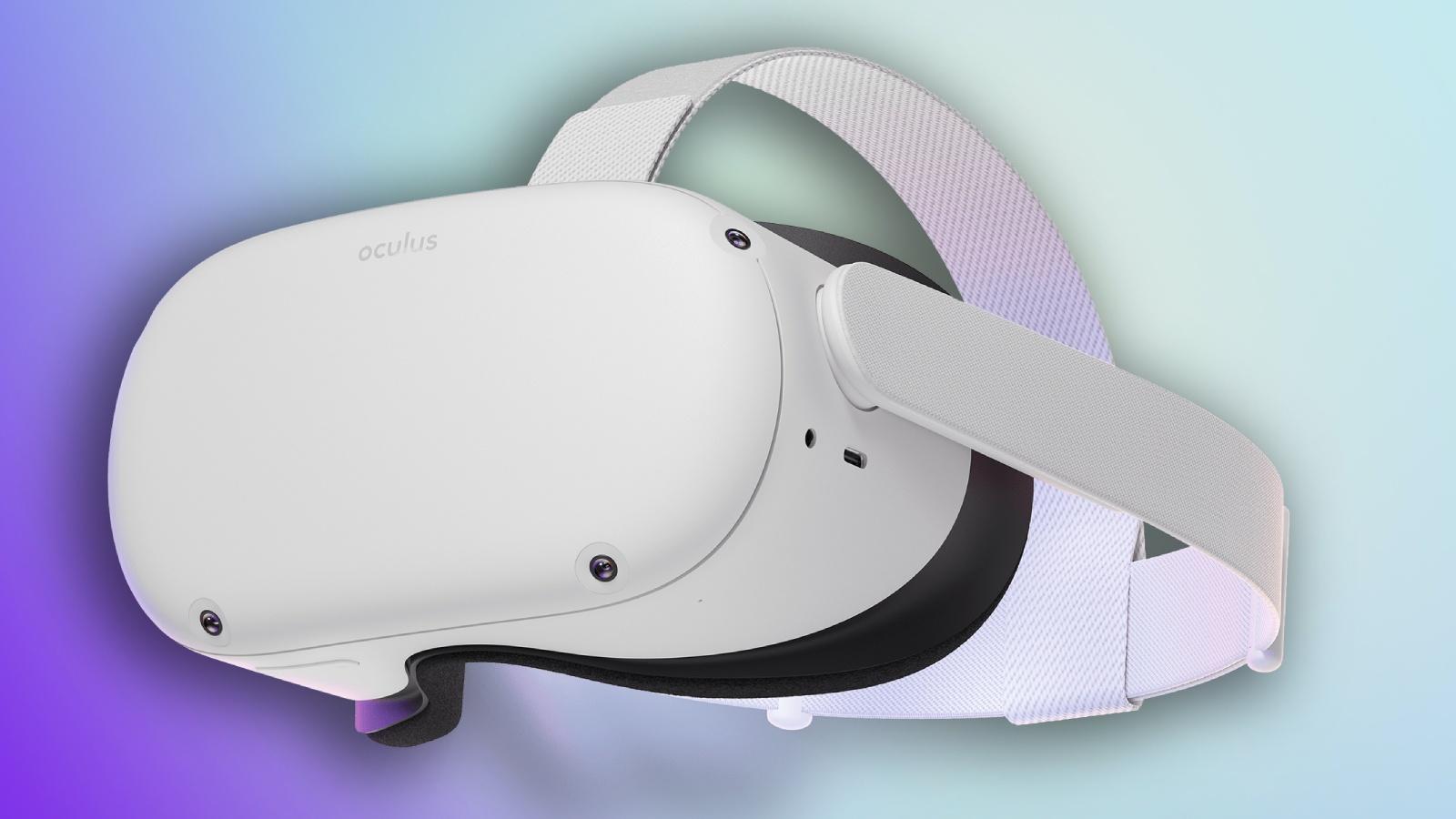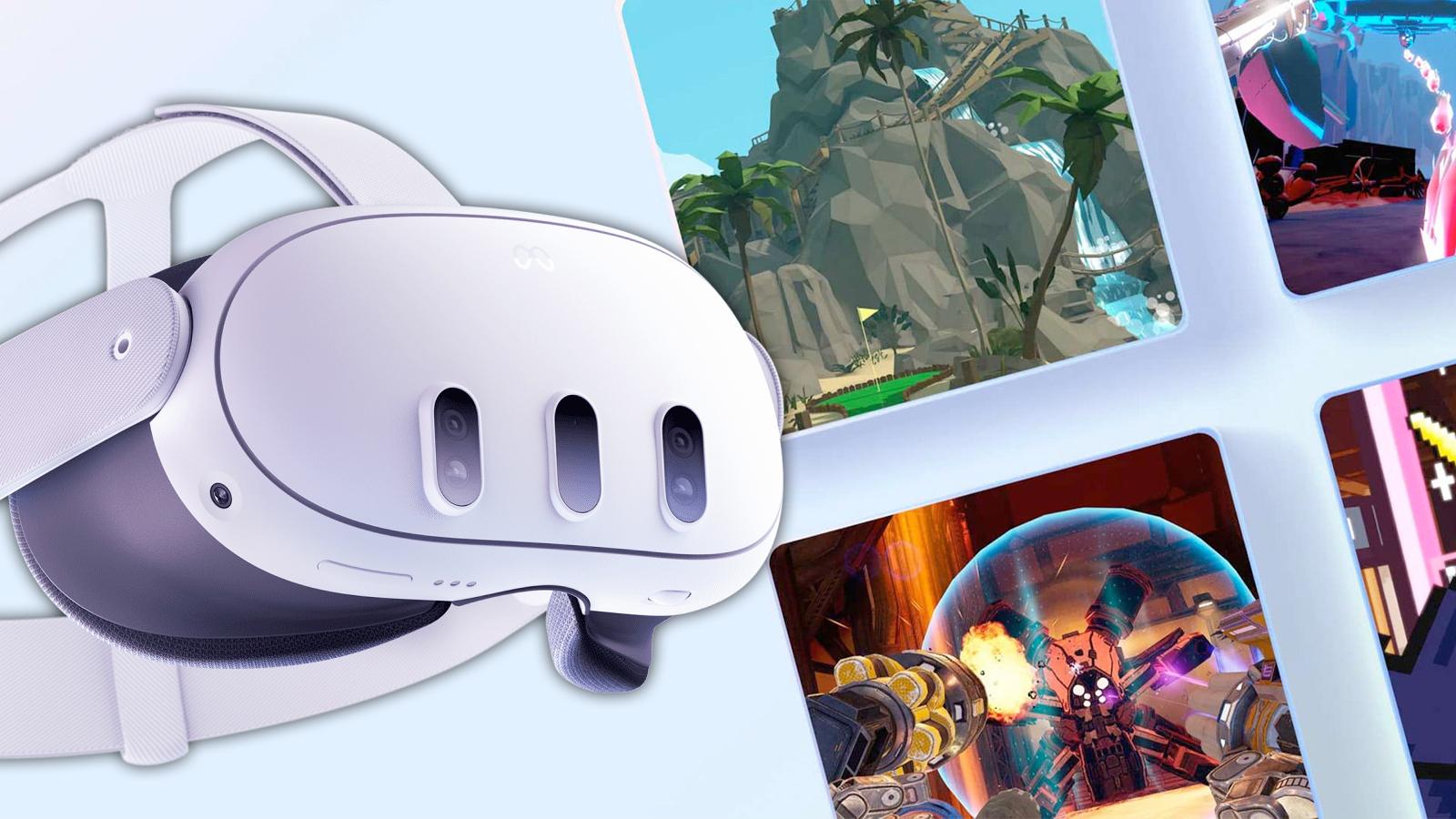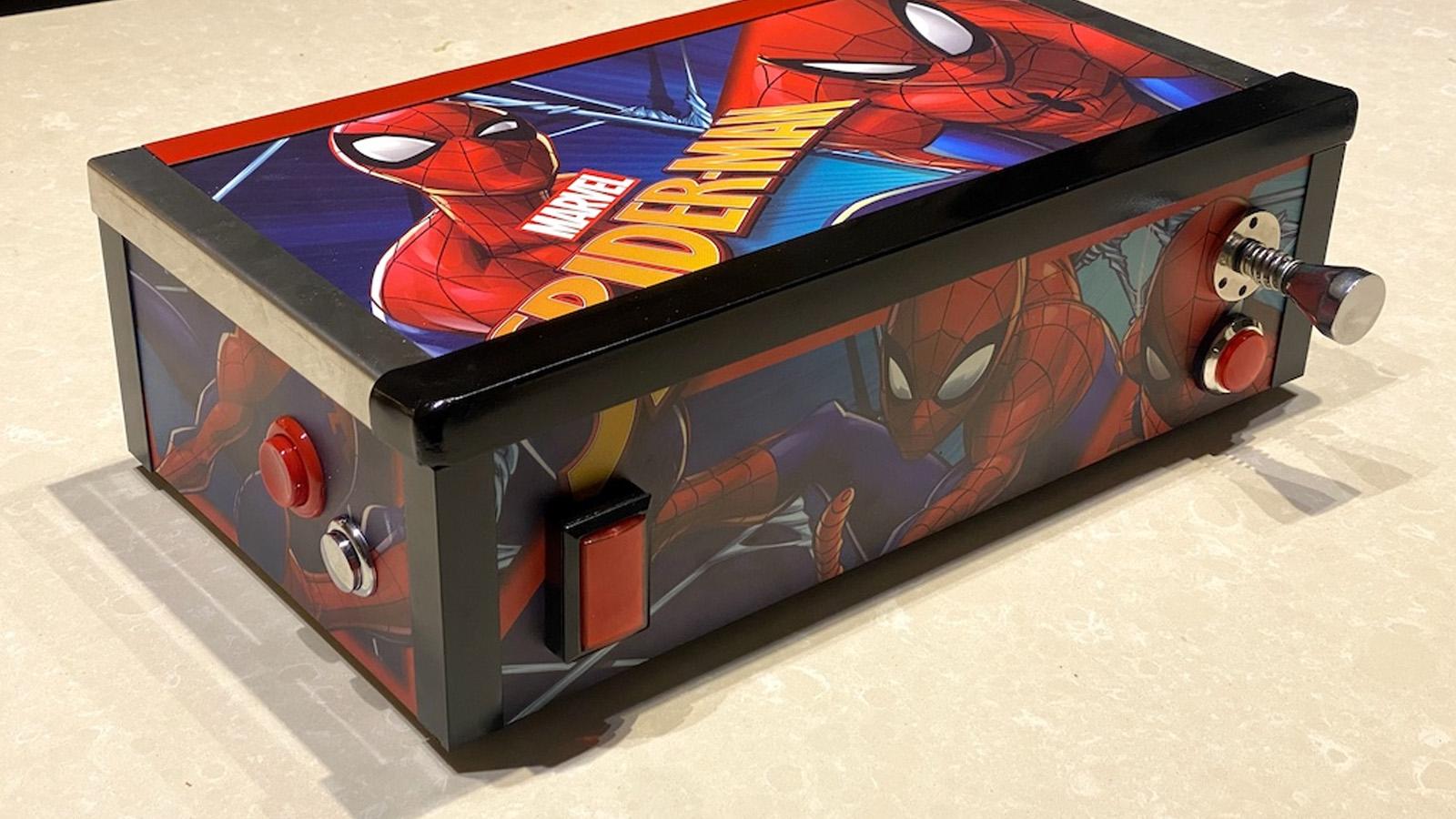Meta Quest Pro: Where to buy, price, and specs
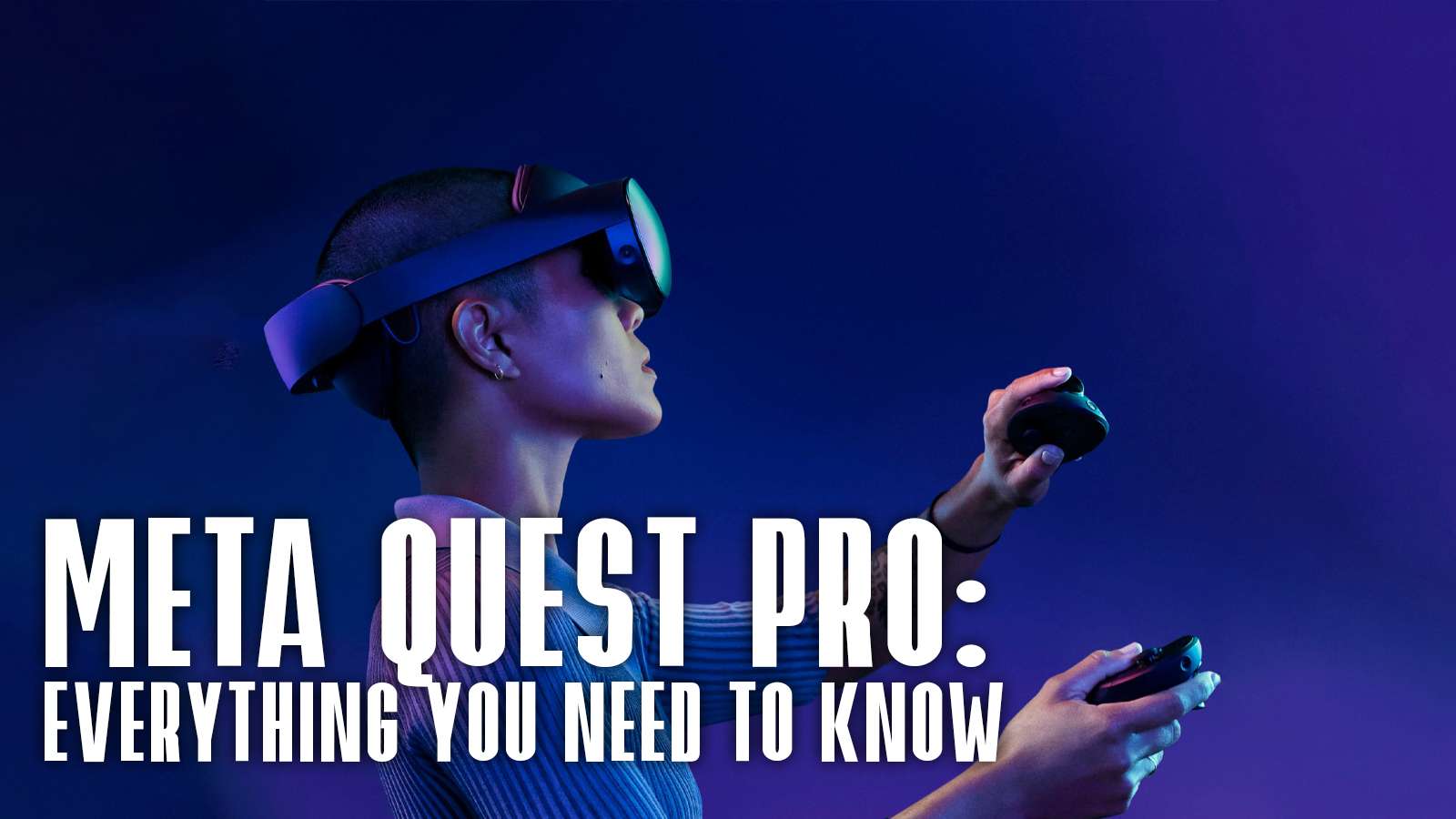
The Meta Quest Pro is now out and here’s everything you need to know about it, including its bizarre stealth price drop.
The VR market is heating up, with HTC, Sony, and Meta all announcing their next-generation headsets. In particular, the Meta Quest Pro seeks to keep users in its own unique ecosystem, while still offering a fantastic VR experience. However, you should be warned that this headset comes at a pretty hefty cost.
The Meta Quest Pro will still retain its independence from the PC, with Meta opting to run the fork of Android that it built for its cheaper headset.
Unlike the earlier Oculus Rift headsets that required a connection to the PC, the Meta Quest Pro needs to be connected with an optional, cable to play your PC VR games from Steam, or elsewhere.
Due to its pricing, the Meta Quest Pro could make itself inaccessible to some users, but for that, there’s always the Quest 2. However, that is also a bit more expensive now.
After a price increase of the Meta Quest 2, and a display of the metaverse that Mark Zuckerberg insists is the future, the company announced what everyone wanted to see: a next-gen virtual reality headset.
Meta Quest Pro price & release date
Meta launched on October 25 and is available now. It did cost $1499 USD at launch, however, this seems to have changed now. The hefty cost is now a little less than originally planned. You can find the Meta Quest Pro for $999.
Originally, we were unsure how long the deal was going to last, but it now seems permanent.
Inside the box you get the general cables, charging dock, and the controllers needed to use the device, but it also comes with light blockers to improve your experience.
| Best Buy | Price |
|---|---|
| Meta Quest Pro | $999 |
| Meta Quest Link Cable | $79.99 |
| Meta Quest Pro Compact Charging Dock | $79.99 |
| Meta Quest Pro VR Earphones | $49.99 |
| Amazon | Price |
|---|---|
| Meta Quest Pro | $1,499.99 |
| Meta Quest Link Cable | $79.99 |
| Meta Quest Pro VR Earphones | $79.99 |
| Meta Quest Pro Compact Charging Dock | $49.99 |
What’s new in the Meta Quest Pro?
So, what is new in the Meta Quest Pro? For starters, it is getting a new, much more powerful spec, which includes:
- Qualcomm Snapdragon XR2+
- 12GB of RAM
- 256GB of storage
- 10 high-res sensors (split evenly, inside and out)
- Two new LED displays
- A new style of lenses
- High-resolution cameras pointing outwards
- Self-tracking controllers
- Eye-tracking sensors
The new specs look impressive, but what do things like the new style of lenses even mean? How many sensors does the Meta Quest Pro really need?
Well, let’s break it down and get to the bottom, as the tech inside the Quest Pro is certainly impressive, despite Meta’s reputation.
Meta Quest Pro Specs
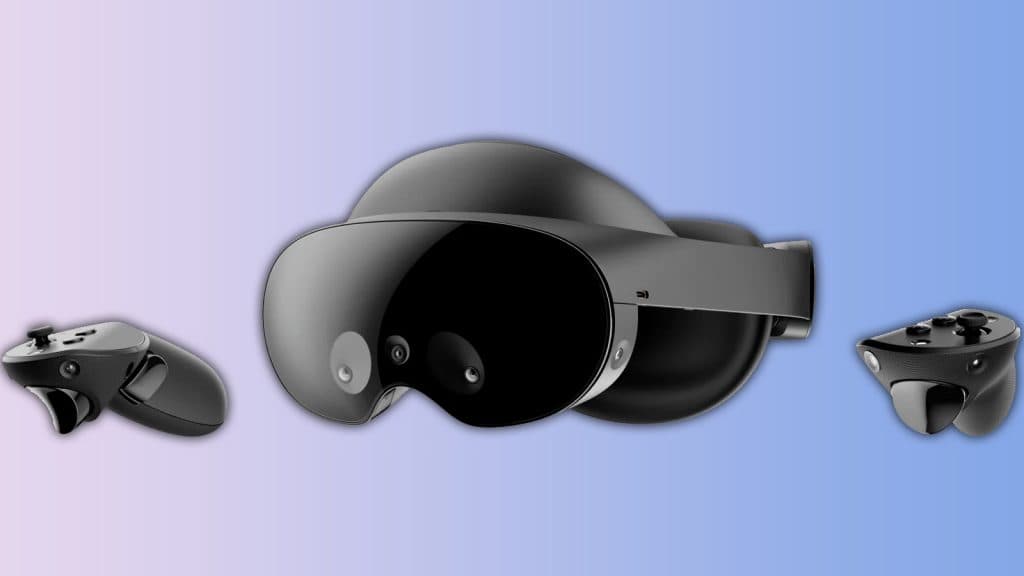
| Meta Quest Pro | Spec |
|---|---|
| Optics | Pancake lenses |
| IPD Range | 55-75 mm hardware adjustable (manual) |
| Passthrough | Color |
| Display Type | 2 x LCD binocular |
| Resolution | 1800×1920 per-eye |
| Refresh Rate | 90 Hz (72 Hz mode available) |
| Visible FoV | 106° horizontal 96° diagonal |
| Weight | 722 g with headstrap |
| Material | Plastic, foam facial interface |
| Headstrap | Hard padded retractable strap |
| Colors | Black |
| Tracking Type | 6 DoF Inside-out via 5 integrated cameras |
| Ports | USB Type-C, charging contacts |
| Wired Video | USB Type-COculus Link |
| Wireless Video | WiFi streamingVirtual Desktop, AirLink |
| WiFi | WiFi 6E |
| Bluetooth | Bluetooth |
| Operating System | Android |
| CPU/Chip | Qualcomm Snapdragon XR2+ |
| Memory | 12 GB LPDDR5 |
| Storage | 256 GB |
| Battery Life | 2 hours |
Meta is bringing the Qualcomm Snapdragon XR2+ to the table. Designed to help power VR headsets more than other ARM chips before it, Qualcomm’s chip seems to have been picked up as it focuses on combining augmented and virtual realities.
The chip is expected to support up to 8K resolutions in 360-video, at resolutions of 60FPS. While watching a video at 60FPS isn’t always ideal – 24FPS looks natural on a screen before the uncanny valley erupts – it does mean that immersive content can push the boundaries of quality.
It should also run cooler than the prior chips used, reducing the risk of getting a hot head while deep within the different applications.
Quest Pro lenses and screens
Meta has improved the lenses on the inside, reducing their presence by 40%. The reduction in physical size is accompanied by a new technique that ‘folds light’ over itself, requiring less glass to be used to achieve the intended effect.
Behind them, two LED screens are packed in. While it’s yet to be seen, Meta is claiming that the upgraded screens provide better sharpness and color, with a 25% increase in overall sharpness when viewing the whole image.
The bizarre thing right now is that we don’t actually have official specs for those screens. We’re unsure if the current spec sheets that are currently available are accurate, but so far they look impressive:
| LCD | Specs |
|---|---|
| Resolution | 1800×1920 |
| Refresh rate | 90Hz (with optional 72Hz) |
| Field of View | 106 degrees horizontal/96 degrees diagonal |
Mixed reality: Cameras, sensors, and more
The concept of ‘mixed reality’ isn’t new, as Microsoft used it as its main point of branding around things like the Hololens, and their odd range of VR headsets.
Even Sony will be providing black and white ‘mixed reality’ in the PSVR2, which will allow people to operate in the real world with the headset still glued to their heads.
Meta’s scope is to provide high-quality video back into the headset while combining it with the augmented reality technology they’ve developed over the years. It sounds a lot like Magic Leap’s beleaguered product, which aims to provide a mixed reality in professional settings.
A common idea that is continuously brought up is to eliminate traditional hardware. PC monitors, mice, and the like can all be simulated with this mixed reality. The various sensors on the Quest will provide you with intuitive ways to interact with your PC, or even the built-in headset operating system. Meanwhile, the camera is allowing you to see these projected onto the wall, desk, or even hover.
We’ve tested similar products before, but often times the lack of interactivity between the two worlds often left us yearning for more. Here, it seems that Meta is trying to realize that idea.
Self-tracking controllers
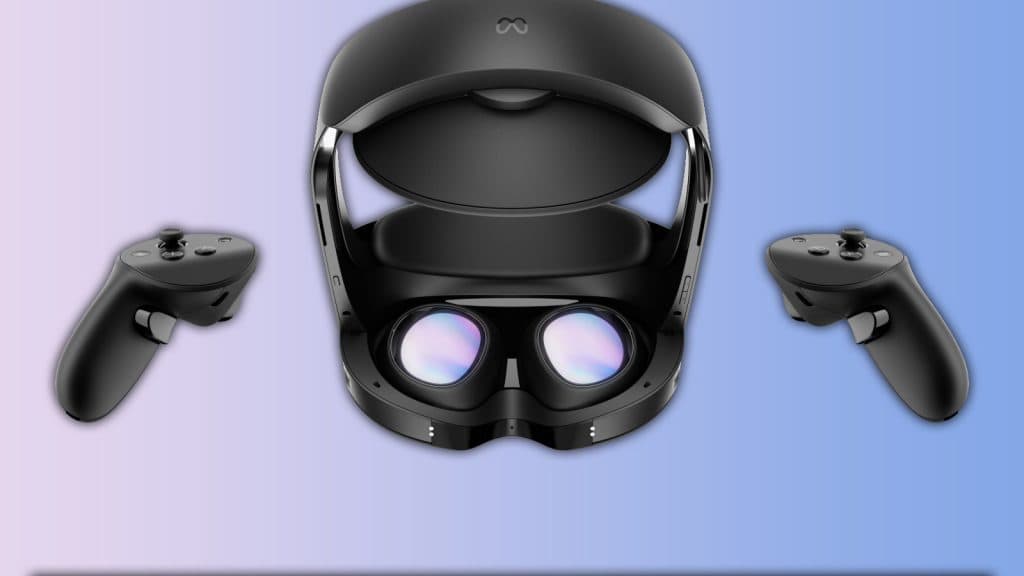
Prior VR controllers for Oculus Rifts and Quest devices have not included proper tracking on the controllers. While the devices can sense them while in front of you, and guesstimate the position when off course, these new Pro controllers appear to be bringing full 360-degree tracking.
There are three-built in sensors, allowing the three devices to keep tabs on each other, further than before. Alongside this, new haptics dubbed ‘TruTouch’ will provide a more immersive experience when interacting with the virtual world.
It appears that this is such a leap, that Meta will be selling them later this year for Quest 2. They’ll cost $299.99 USD.
If you click on a product link on this page we may earn a small affiliate commission.
